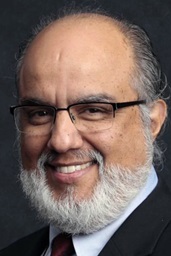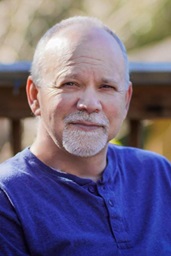Perhaps no group was more excited when Nelson Mandela visited New York in 1990 than the religious folk and civil rights leaders who greeted him at Riverside Church on June 21 to celebrate his release from prison four months earlier.
It is a joy that lingers years later as the entire world helps Mandela celebrate his 95thbirthday today.
I still have my official press credential for the visit, No. 273, issued by the U.S. Department of State. A rousing service of “Praise, Thanksgiving and Commitment,” which drew more than 3,000 people to Riverside’s sanctuary, was preceded by a smaller gathering of about 120 who greeted him in the chapel.
I stood in one of the chapel’s pews, as excited as everyone else, watching Mandela, 71, and Winnie Mandela, then his wife, made their way up the aisle, accompanied by the Rev. Jesse Jackson and New York Mayor David Dinkins.
In the chapel and in the sanctuary, many people were, to put it simply, overwhelmed to be in the presence of a man who had become, as the Rev. Gardner C. Taylor described him that day at Riverside, “the drum major in the music of freedom.”
His visit to the Big Apple was part of a six-week, 14-nation tour, and many other New Yorkers were cheering him on as well. Police estimated that about 750,000 saw him in person at the airport, along the 40-car motorcade or ticker-tape parade route or at the City Hall ceremony, the New York Times reported, with many more watching live television broadcasts of the events.
Ressie Mae Bass, a United Methodist and vice president of United Methodist Women who had flown up from Miami, remembers all sorts of happenings in the city. At one spontaneous event, she met Winnie Mandela, along with the actor and singer Harry Belafonte, one of the main organizers for the New York visit, and his wife.
For Ressie — who is now a member of my New York congregation, the Church of St. Paul and St. Andrew — the day’s highlight was the standing-room-only service in Riverside’s sanctuary.
Sitting near the aisle, she could hardly believe she was seeing Mandela with her own eyes. “It was hard to not touch him when they walked in,” she told me recently. “I remember just bursting into tears because I was so overwhelmed by all of it.”
Equally overwhelming was the sense of support and solidarity from those gathered there, including many leaders of the U.S. civil rights movement. That feeling made her think: Wouldn’t it be great if everyone lived in a spirit of solidarity?
“I carried that around with me for a very long time,” she says now. “It was something I shared and shared with people.”
Mandela’s greatest achievements, as apartheid ended and he set about to transform South African society, were still to come.
But, as Ressie pointed out, he had already set the tone for reconciliation. She considers that a great lesson for everyone “of how life is to be lived.”
Like what you're reading? Support the ministry of UM News! Your support ensures the latest denominational news, dynamic stories and informative articles will continue to connect our global community. Make a tax-deductible donation at ResourceUMC.org/GiveUMCom.




